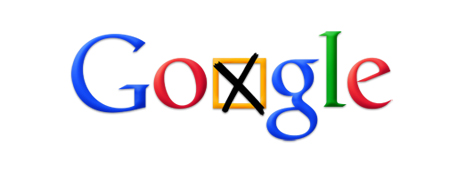In class we discussed the realities of conflict in any organization. In GEICO call centers, conflict is the day-to-day job of those phone operators. They handle calls from frantic customers, looking for advice on where to tow their cars or even how to begin litigation in serious injury or fatal accidents. This high stress environment always has the potential to turn south; already upset, if the customer feels the person on the other end of the line is incompetent, a rather nasty exchange may take place.
So what does this mean for the employees? They have to be excellent in employing conflict management skills. While on the phone with an upset customer, they must collect accurate and complete information for the claim. They must maintain a calm yet helpful attitude every step of the way. Despite what could be considered a volatile work environment, the turnover of these centers is only 15% which is substantially lower than the usual 80-90% turnover of other call rate centers. Let’s delve further into the why.
At GEICO, they attempt to turn the “hourly” wage jobs into a career. All employees are given extensive training in the computer programs as well as in interpersonal skills in order to maximize customer service. Additionally, employees have a comfortable place to work with a friendly supervisor who understands their jobs because he/she has performed it. Promotion is only from within, and the supervisor is the head of a small team of 5-6, which creates a family-like atmosphere. Each supervisor, in turn, is responsible for monitoring the progress of his or her team, answering questions, and giving advice on how to handle difficult situations. With this support network in place, call center employees are better able to adjust and perform well despite their conflict-driven duties.
Looking at the five conflict-handling styles, GEICO uses Obliging. There is always a strong emphasis on the customer (others) with less concern for the “self.” Evidence of this is that even directors are given very basic personal offices without windows. There is no excessive glory for GEICO management because they are driven to do more with less—to use an old white board instead of purchasing a new one, to use all the pens in a desk before asking for more—and these principles apply from the bottom up through the top in order to transfer those savings to the customer.

In closing, it is important to remember that conflict is only powerful if used for change and growth. After interviewing a phone operator, I learned that it is actually this conflict that keeps her coming to work every day; it is made manageable by her training and support group, yet, she is constantly challenged to meet the customer’s needs. Every new situation helps to further her knowledge of the company’s capabilities as well as the new trends in the insurance industry. So, on a personal level, employees are learning. As a company, GEICO is also able to learn how it can improve through customer surveys which are administered via phone to willing clients. With these metrics, GEICO is able to develop and grow through the growth of its employees. –(
from an interview with GEICO HR and call center)








